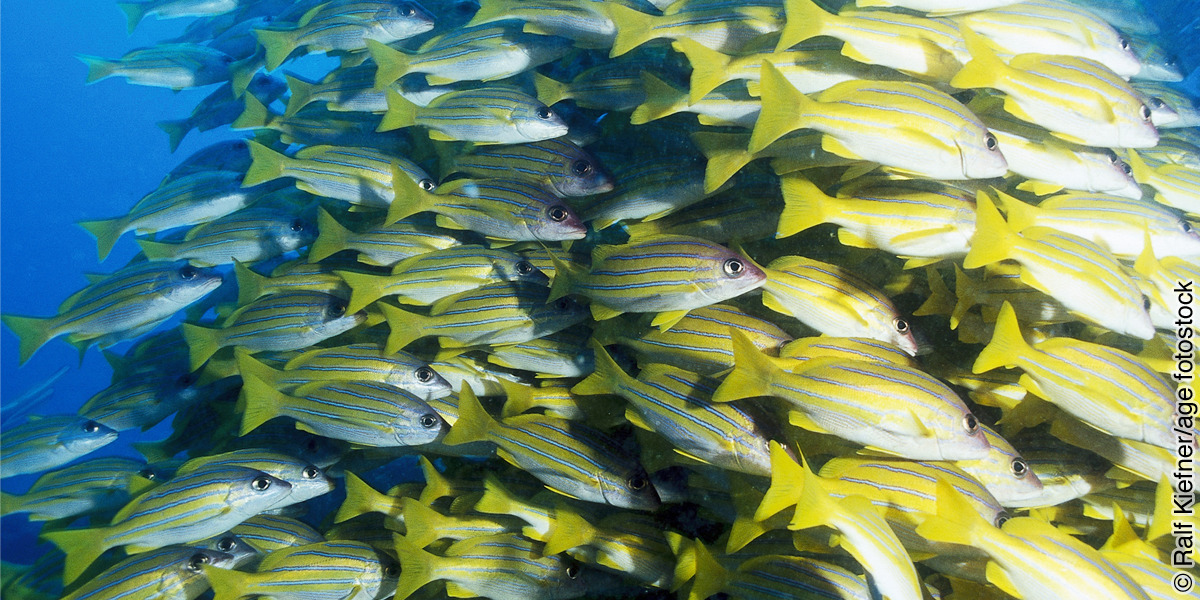
Car
accidents kill more than one million people and injure approximately
50 million each year. Yet, millions of fish can swim together in a
school with virtually no collisions. How do fish do it, and what can
they teach us about how to reduce car crashes?
Consider:
Schooling
fish learn about their surroundings through their eyes and a special
sense organ called the lateral line. They use these senses to perceive
the location of other fish around them, and they then react as follows:- Traveling side by side. They match the speed of the fish beside them and maintain their distance from them.
- Approaching. They draw nearer to fish that are farther away.
- Collision avoidance. They change direction to avoid contact with other fish.
Based on
those three behaviors of schooling fish, a Japanese car manufacturer
designed several tiny robot cars that can travel in a group without
colliding. Instead of eyes, the robots use communication technologies;
instead of a lateral line, they use a laser range finder. The company
believes that this technology will help them to create “collision-free”
cars and “contribute to an environmentally friendly and traffic-jam-free
driving environment.”
“We
recreated the behavior of a school of fish [by] making full use of
cutting-edge electronic technologies,” says Toshiyuki Andou, the
principal engineer of the robot-car project. “We, in a motorized world,
have a lot to learn from the behavior of a school of fish.”
What do you think? Did fish schooling come about as the result of a mindless process? Or was it designed?